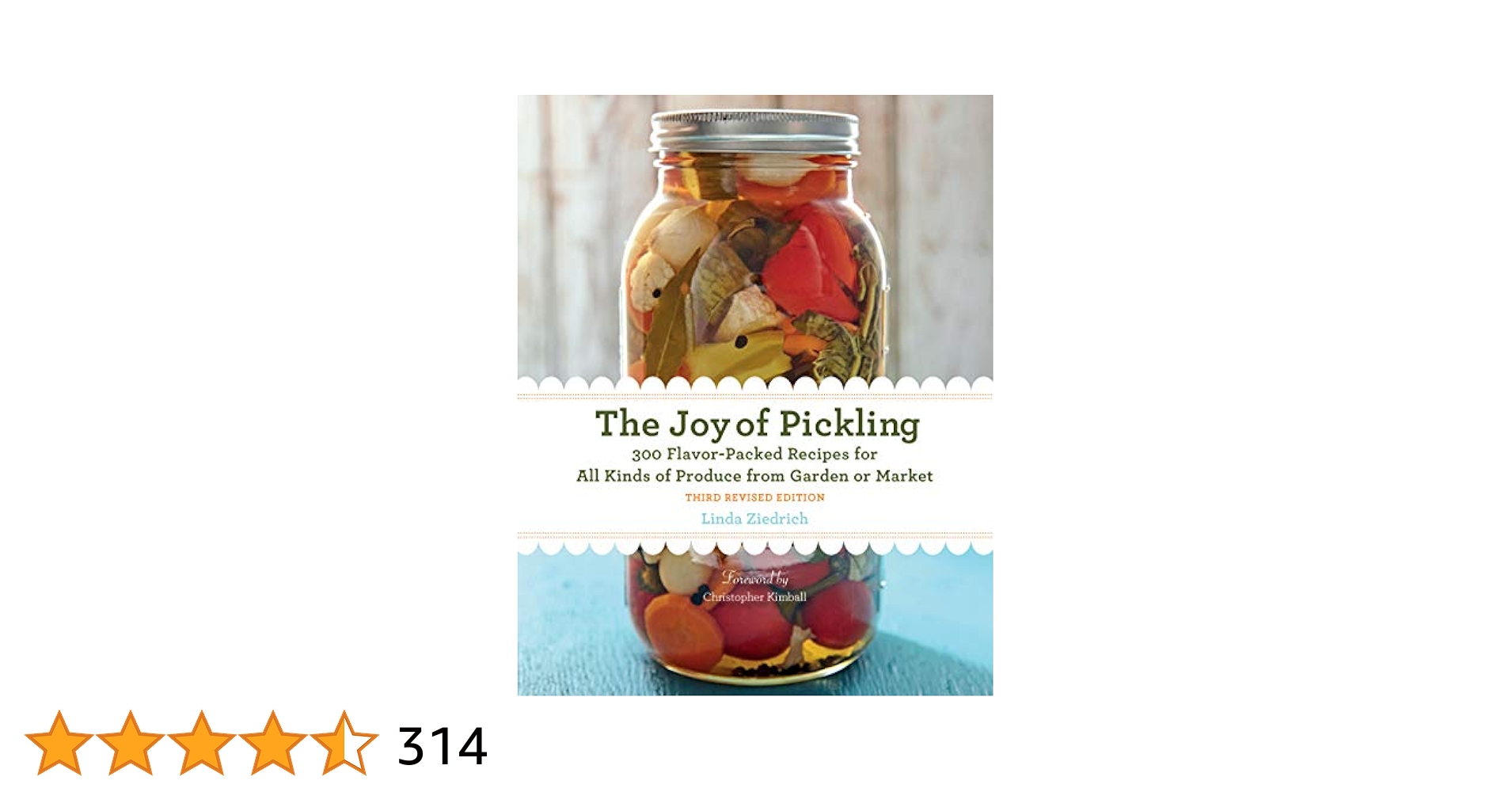Bridging Tech and Sustainability: A New Era with AI and Finance
The winds of change are blowing through the energy and financial sectors, driven by innovative approaches that leverage cutting-edge technology to enhance efficiency and accessibility. From Masdar’s latest AI asset management tool to the emergence of the Finternet, these advancements signal a fundamental shift toward smarter, more integrated systems that promise to reshape the landscape of renewable energy and finance.
Masdar and Presight: Pioneering AI in Renewable Energy
In a groundbreaking partnership, UAE-based Masdar has joined forces with Presight to develop an AI-powered asset management tool aimed at revolutionizing the management of renewable energy projects on a global scale. This collaboration seeks to harness the vast data generated daily from Masdar’s extensive portfolio of solar panels and wind turbines.
“This partnership represents a unique opportunity to develop a bespoke tool that consolidates information, uncovers hidden insights, and takes action to improve efficiency,” said Presight CEO Thomas Pramotedham. The goal is clear: to transition from reactive to predictive maintenance strategies, effectively anticipating issues before they arise and ultimately increasing energy production.
AI-driven asset management transforms energy production.
Masdar’s CEO, Mohamed Jameel Al Ramahi, echoed this vision, describing the integration of AI as a game-changing economic opportunity that positions Masdar to lead in the transition to low-carbon energy solutions. By digitizing its operations, the company aims to anticipate maintenance needs, thereby reducing downtime and increasing the efficiency of its renewable energy assets.
The Rise of the Finternet: A New Financial Infrastructure
Simultaneously, the emergence of the Finternet is redefining financial accessibility. Many financial systems worldwide suffer from legacy infrastructures that inhibit innovation and prevent seamless connectivity between markets. As these barriers persist, the Bill & Melinda Gates Foundation has advocated for the establishment of Digital Public Infrastructures (DPIs)—open, accessible frameworks enabling individuals to send and receive money without traditional banking systems.
As noted in a recent report from the Bank of International Settlements (BIS), the vision for the Finternet is an interconnected web of financial ecosystems designed to empower individuals and businesses by placing them at the center of their financial lives. DPIs are not merely a technological innovation; they represent a significant step towards democratizing access to the digital economy.
Digital infrastructures unlock global financial systems.
With the implementation of systems like UPI in India and Pix in Brazil, the Finternet demonstrates potential for widespread impact. Individuals armed only with a mobile device can engage in financial transactions without the need for a traditional bank account. Such innovations could alter lives in regions where access to financial services is traditionally limited, elevating local economies and fostering inclusivity.
Interoperability: The Key to Connecting Economies
BIS highlights that financial interoperability is crucial for expanding and innovating within the global financial landscape. New solutions must be built with interoperability as a core principle to facilitate seamless connections between disparate networks. This approach will ultimately provide individuals and enterprises alike with improved access to services that were previously unattainable due to fragmented systems.
“Access to financial services is needlessly limited by a financial system dominated by legacy systems,” emphasizes the significance of shifting this paradigm. The transition will be neither immediate nor simple; however, investing in such infrastructure presents a unique market opportunity. Cross-border payments are often mired in complexities and high costs, but building a cohesive financial framework can significantly lower both processing costs and resource allocation.
The interconnected future of global finance beckons.
The Impact on Local Communities
Consider the plight of the 1.4 billion unbanked individuals globally who lack access to essential financial services. According to BIS, these individuals not only miss out on income-generating opportunities but also face barriers to personal development and full participation in the digital economy. Interoperability enabled by the Finternet could provide a lifeline to communities, enabling local banks to participate fully in remittance flows that would otherwise bypass them.
In regions like rural Mexico, the absence of digital infrastructure has restricted local banks from accessing the burgeoning market of cross-border payments, missing out on an invaluable source of income. Through the advancements in the Finternet, community banks could not only process payments seamlessly but also reinvest in their communities—providing loans and funding local initiatives that could serve to uplift the impoverished.
Troy: The New Silicon Valley
In a different sphere, the burgeoning innovation ecosystem in Troy, New York, is quickly being likened to Silicon Valley. The Tech Valley Center of Gravity, located within the historic Quakenbush building, is a beacon of collaboration for engineers, artists, and aspiring entrepreneurs. This space, which has evolved from a modest gathering into a vibrant hub, embodies creativity and technological advancement, fostering a supportive environment for startups.
Dan Falkenstronm, Operations Director of the center, reflects on its transformation, stating, “We started at a small 2,000 square foot space… and it’s built up to this gorgeous building after tremendous growth.” This collaborative approach not only aims to boost individual enterprises but also strengthens community ties and inspires the youth to engage with innovative technologies.
Innovation breeds in collaborative spaces.
Conclusion: A Future of Interconnected Solutions
As we stand on the cusp of these transformative advancements, it is evident that the integration of AI in asset management and the rise of the Finternet have the potential to drive significant societal and economic progress. For Masdar and organizations advocating for digital public infrastructure, the focus remains clear: to create systems that foster resilience, enhance efficiency, and ultimately contribute to a more sustainable and equitable future.
In summary, by embracing technology and breaking down barriers—whether in energy or finance—we can anticipate a world where access, opportunity, and innovation flourish for all. The journey is long, but each step forward opens new doors for future generations to thrive in a connected economy.


 Photo by
Photo by 








